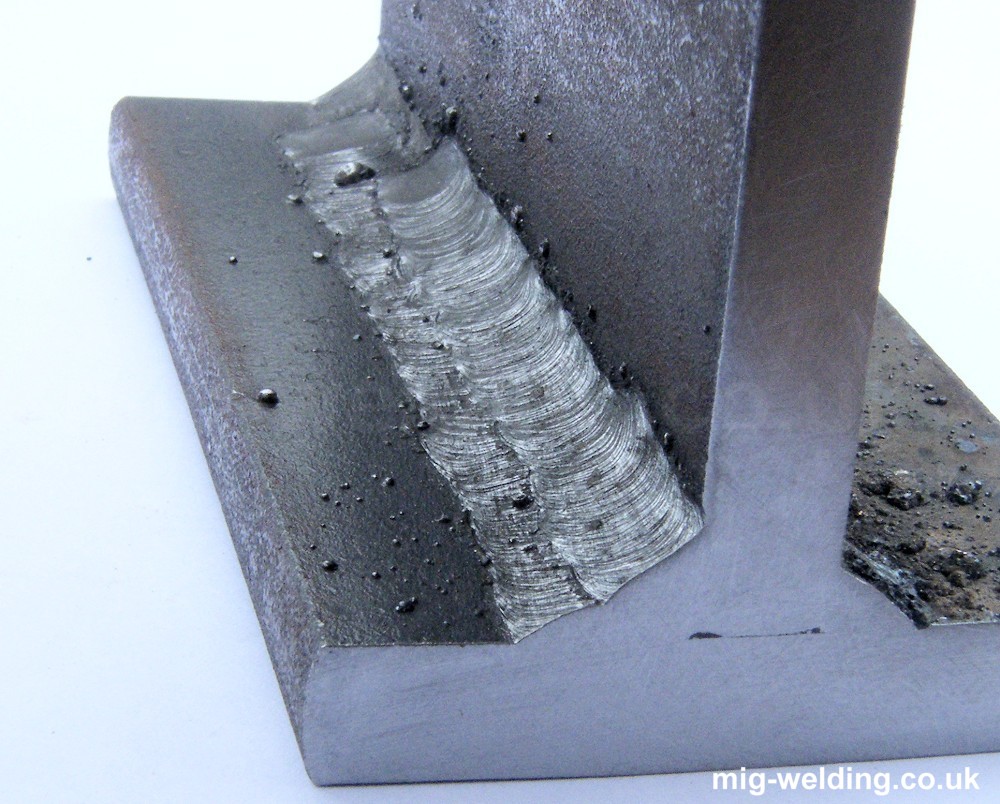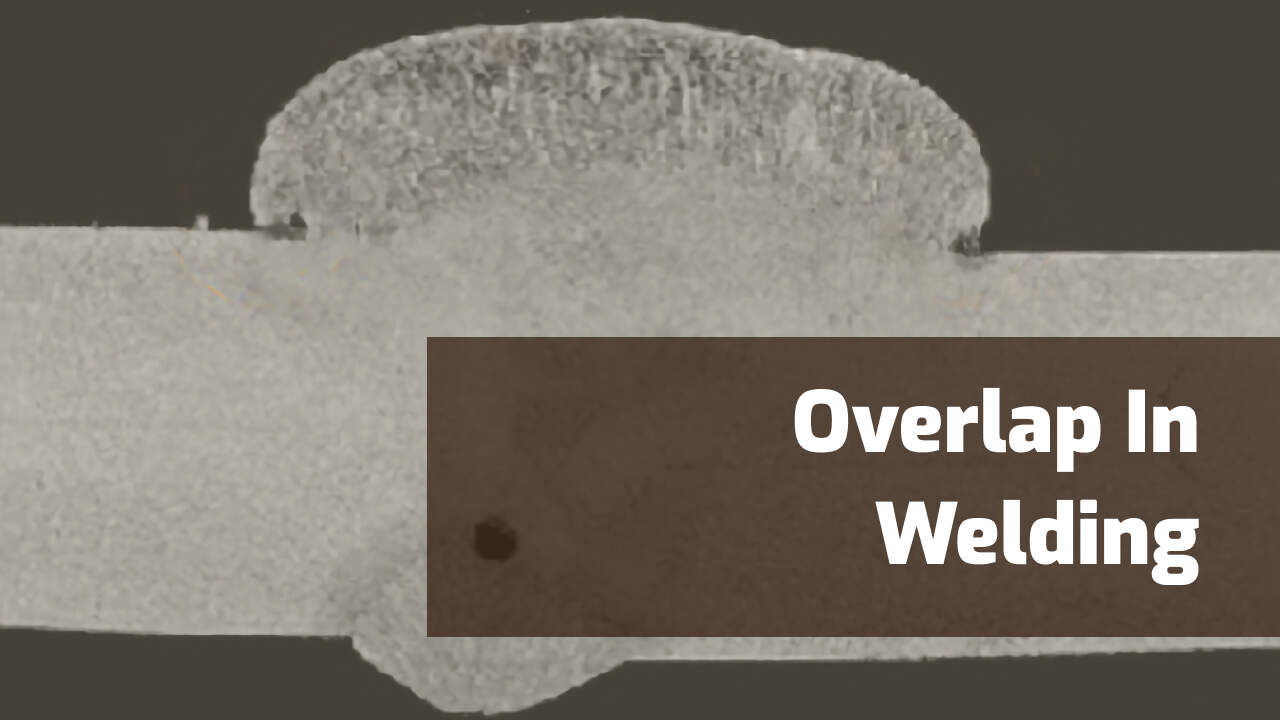Expert Techniques for Preventing Weld Undercut Effectively
Expert Techniques for Preventing Weld Undercut Effectively
Blog Article
Important Tips for Welders: Protecting Against Undercut Welding and Ensuring Stronger Weld Joints
In the world of welding, accomplishing strong and long lasting weld joints is the cornerstone of creating high-quality job. One usual difficulty that welders usually encounter is undercut welding, which can endanger the honesty of the weld joint. By comprehending the elements that contribute to undercutting and applying the right methods and safety measures, welders can properly avoid this concern and make sure the durability and strength of their welds. Let's explore some necessary suggestions that can help welders browse this difficulty and raise the high quality of their welding tasks.

Recognizing Undercut Welding
Undercut welding is a typical welding defect that occurs when the weld steel fails to appropriately load the groove and causes a groove-like anxiety along the weld grain. This flaw deteriorates the weld joint, making it susceptible to splitting and failing under stress. Undercutting can be triggered by different elements, including excessive welding existing, high welding speed, incorrect electrode angle, inaccurate electrode dimension, and bad welding technique.
Among the primary reasons for undercut welding is an inequality between the welding present and the welding speed. If the welding current is as well high or the welding speed is also fast, the weld metal may not effectively fill up the groove, bring about undercutting. Additionally, making use of an electrode that is as well huge can lead to a similar result, as the excess metal can not effectively move right into the groove.
To avoid undercut welding, welders ought to ensure they are making use of the proper welding specifications, keep a suitable electrode angle, choose the appropriate electrode size, and method proper welding methods. By resolving these elements, welders can lessen the danger of undercutting and produce stronger, more reliable weld joints.
Appropriate Welding Technique
Reliable welding method plays an essential role in making certain the quality and stability of weld joints. Appropriate welding method includes a combination of adherence, precision, and skill to finest practices. One essential element of appropriate welding strategy is keeping the right angle and range between the welding weapon and the workpiece. Welders should likewise pay very close attention to the travel speed and warmth input to stop problems like undercutting, porosity, or incomplete combination.
In addition, a consistent and stable hand movement is necessary for creating solid and long lasting weld joints. Welders need to go for smooth, consistent activities to make certain also distribution of the weld product. Appropriate adjustment of the welding weapon and filler product is additionally essential to achieving ideal infiltration and combination.
Furthermore, managing the heat input and choosing the suitable welding specifications based upon the material being bonded are crucial aspects in achieving high-quality welds - Preventing weld undercut. Welders ought to adhere to the suggested setups supplied by welding procedure specifications and change them as needed based on the details demands of the task. By mastering correct welding strategies, welders can dramatically enhance the stamina and integrity of their weld joints
Picking the Right Electrode
When taking into consideration the value of choosing the best electrode in welding applications,Maintaining the proper angle and distance between the welding weapon and the workpiece is basic. The option of electrode plays an important duty in determining the quality and toughness of the weld joint. Electrodes come in different types, each designed for particular objectives and products.
Firstly, picking the appropriate electrode diameter is important. Thinner electrodes are appropriate for welding slim materials, while thicker electrodes are better for thicker materials and higher warm applications. Matching the electrode diameter to the thickness of the workpiece aids achieve a well balanced weld.
Secondly, understanding the material composition of the electrode is vital. Various electrodes are developed for welding specific products like steel, stainless steel, aluminum, or cast iron. Utilizing the right electrode product makes certain excellent combination and lessens the threat of issues in the weld.
Lastly, taking into consideration the welding placement and method is vital when i was reading this picking the electrode type. Specific electrodes are better suited for overhead or vertical welding placements, while others function well for flat or straight placements. Choosing the ideal electrode based upon the welding strategy enhances the overall weld top quality and integrity.
Preparing the Base Steel
To ensure a successful welding process, what initial actions should be taken when preparing the base steel for welding? Appropriately preparing the base steel is critical for achieving solid and long lasting weld joints. The primary step in preparing the base steel is to cleanse it completely to get rid of any kind of contaminants such as rust, dust, paint, or oil. This can be done making use of a cord chemical, mill, or brush solvents. In addition, any type of existing weld product or deposit from previous welding ought to be removed to guarantee a tidy surface for the new weld.

Conducting Post-Weld Examinations

After carrying out these analyses, welders must compare the results against sector standards and task demands to guarantee that the weld joint meets all necessary standards. Any type of insufficiencies or discrepancies uncovered during the post-weld examination must be promptly attended to via appropriate rehabilitative official source measures to guarantee click over here now the weld's honesty. By vigilantly performing post-weld assessments and without delay addressing any problems, welders can promote the high quality and reliability of their work, inevitably contributing to the security and durability of the bonded frameworks.
Verdict

Finally, avoiding undercut welding and ensuring stronger weld joints require a combination of appropriate welding strategy, picking the right electrode, preparing the base steel properly, and conducting post-weld examinations. By understanding the reasons of undercut welding and carrying out the essential preventative measures, welders can create high-grade weld joints that meet industry criteria and make sure the architectural honesty of the bonded parts.
Undercut welding is a common welding defect that takes place when the weld metal stops working to properly fill the groove and results in a groove-like depression along the weld grain (Preventing weld undercut). Undercutting can be created by various elements, including extreme welding existing, high welding speed, inappropriate electrode angle, wrong electrode dimension, and inadequate welding strategy
One of the primary reasons for undercut welding is a discrepancy in between the welding existing and the welding rate. If the welding current is also high or the welding rate is too quick, the weld steel might not sufficiently fill up the groove, leading to damaging.Preserving the correct angle and range in between the welding weapon and the workpiece is fundamental when thinking about the value of choosing the appropriate electrode in welding applications.
Report this page